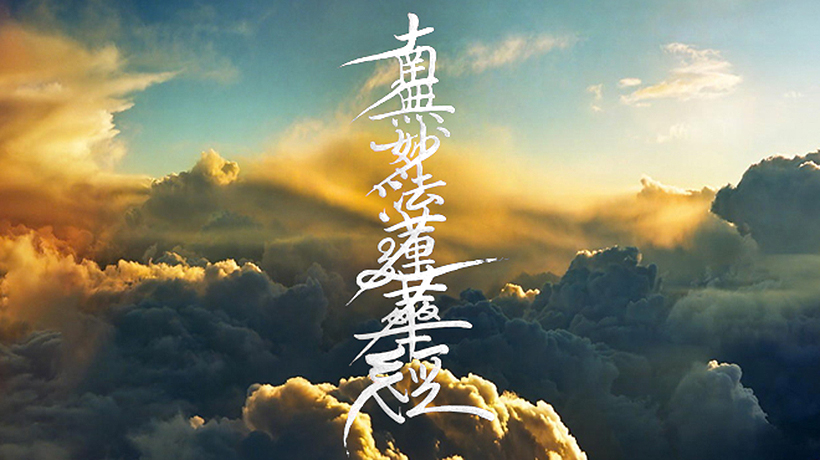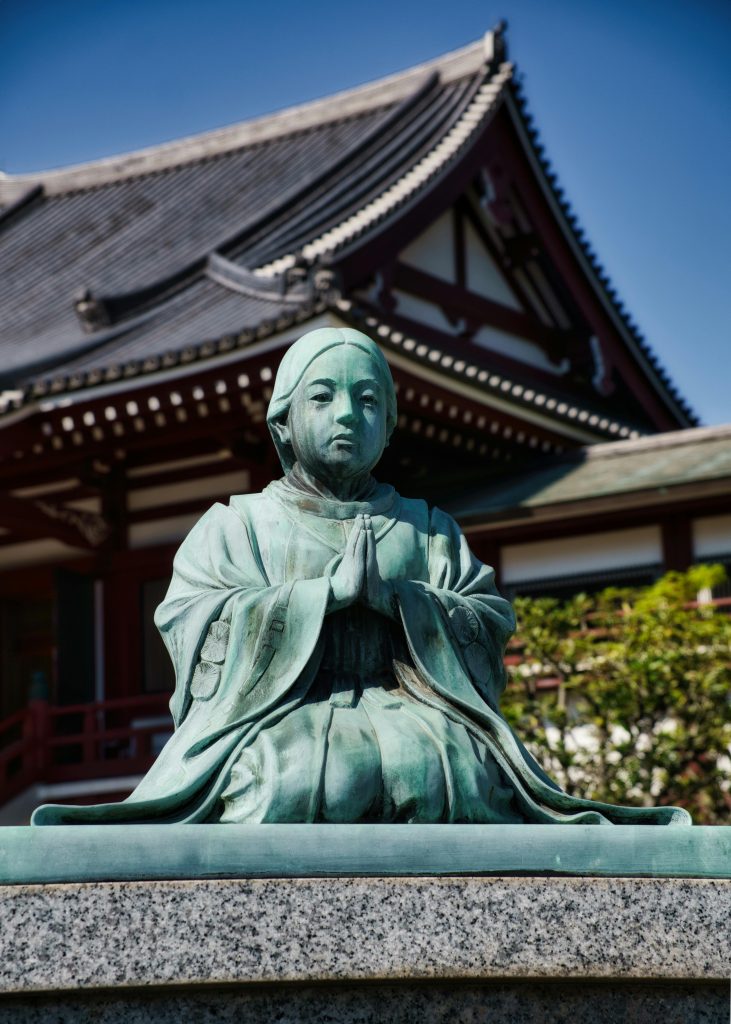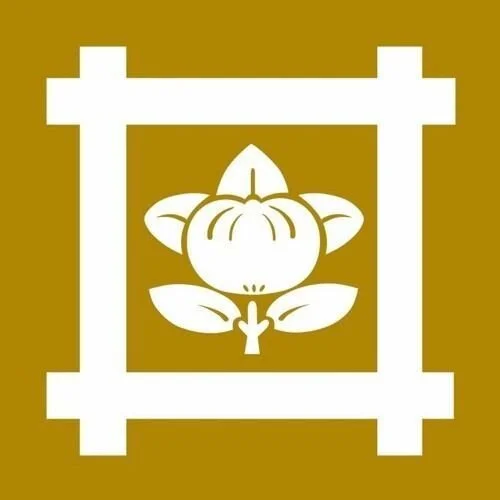In Nichiren Shu Buddhism, there is one paramount practice that serves as the foundation for all others: the chanting of Namu Myōhō Renge Kyō. This sacred phrase, known as the Odaimoku, is not merely a mantra but the very essence of the Lotus Sutra, encapsulating the ultimate truth of the universe and the path to enlightenment.

What Does Namu Myōhō Renge Kyō Mean?
Let’s break down this powerful phrase:
- Namu: This is a transliteration of a Sanskrit word meaning “devotion” or “dedication.” It signifies our heartfelt respect, reverence, and alignment with the truth.
- Myōhō: “Myō” means “wonderful” or “mystic,” and “hō” means “dharma” or “law.” Together, “Myōhō” refers to the wonderful, mystic law of cause and effect that governs all existence, the profound truth revealed in the Lotus Sutra.
- Renge: This means “lotus flower.” The lotus is a powerful symbol in Buddhism because it grows in muddy water yet produces a beautiful, unstained flower. It represents the emergence of Buddhahood from the defilements of the mundane world, and also the principle of simultaneity of cause and effect (the flower and seeds appear at the same time).
- Kyō: This means “sutra” or “teaching.” It refers specifically to the Lotus Sutra, the complete and ultimate teaching of the Buddha Shakyamuni.
So, in essence, Namu Myōhō Renge Kyō means “Devotion to the Sutra of the Lotus Flower of the Wonderful Dharma.” It is an act of acknowledging, embracing, and aligning ourselves with the ultimate truth of life and the universe as taught in the Lotus Sutra.
Why is Chanting the Odaimoku Our Main Practice?
Nichiren Shonin taught that in this Latter Day of the Law (Mappō), when human capacities for understanding are diminished, the most direct and effective path to enlightenment is through the sincere chanting of the Odaimoku. Here’s why:
- Direct Connection to the Eternal Buddha: By chanting Namu Myōhō Renge Kyō, we are directly connecting with the Eternal Shakyamuni Buddha and the universal life force (Dharma) he embodies.
- Awakening Our Innate Buddhahood: The Odaimoku acts as a mirror, reflecting our inherent Buddha-nature and helping us to manifest qualities like wisdom, compassion, courage, and joy in our daily lives.
- Transforming Karma: Through consistent practice, the Odaimoku helps us to purify negative karma, overcome obstacles, and transform suffering into joy and opportunity.
- Embodying the Lotus Sutra: The Odaimoku is not just about the Lotus Sutra; it is the Lotus Sutra in its most condensed and potent form. Chanting it allows us to embody its teachings and virtues.
- Universal Accessibility: It is a practice open to everyone, regardless of age, background, or intellectual capacity. The sincerity of one’s devotion is what matters.
How to Start Chanting (Gongyō)
Starting your chanting practice is simple. While a full daily service (Gongyō) includes recitations from the Lotus Sutra, the core is the Odaimoku.
- Find a Quiet Space: Sit comfortably, facing your Gohonzon if you have one, or simply facing a clean wall or direction that feels right.
- Focus Your Mind: Take a few deep breaths to calm yourself.
- Gassho: Bring your palms together at chest level in Gassho (a gesture of reverence).
- Chant Aloud: Begin to chant “Namu Myōhō Renge Kyō” clearly and rhythmically. You can chant for a few minutes, or longer, as you feel comfortable. The important thing is sincerity and consistency.
- Reflect and Dedicate: After chanting, you can reflect on your intentions or dedicate the merit of your practice to the well-being of others.
The practice of chanting the Odaimoku is a journey of self-discovery, peace, and profound connection. It is the sound that awakens our Buddha-nature and allows us to live a life imbued with the wisdom and compassion of the Lotus Sutra. We encourage you to try it and experience its transformative power for yourself.


Leave a Reply